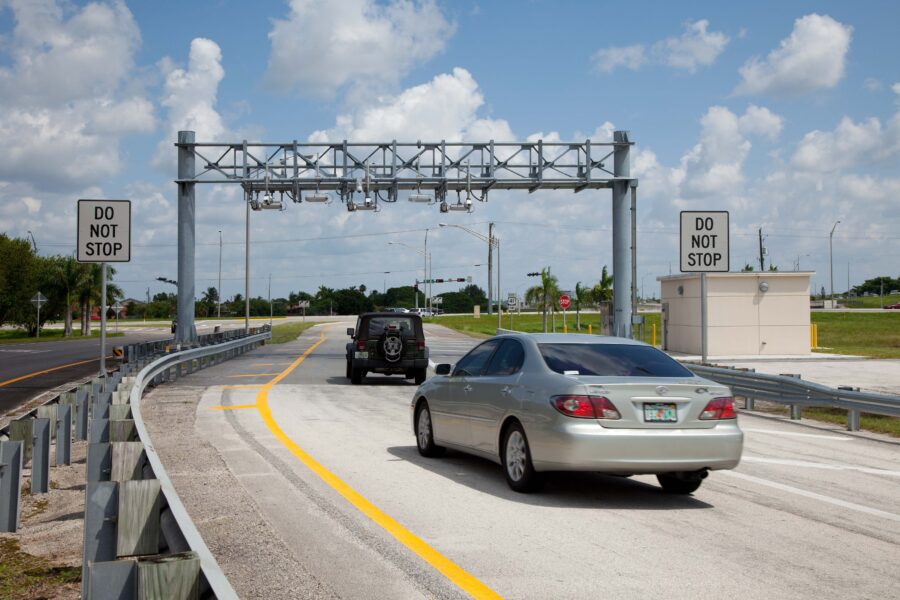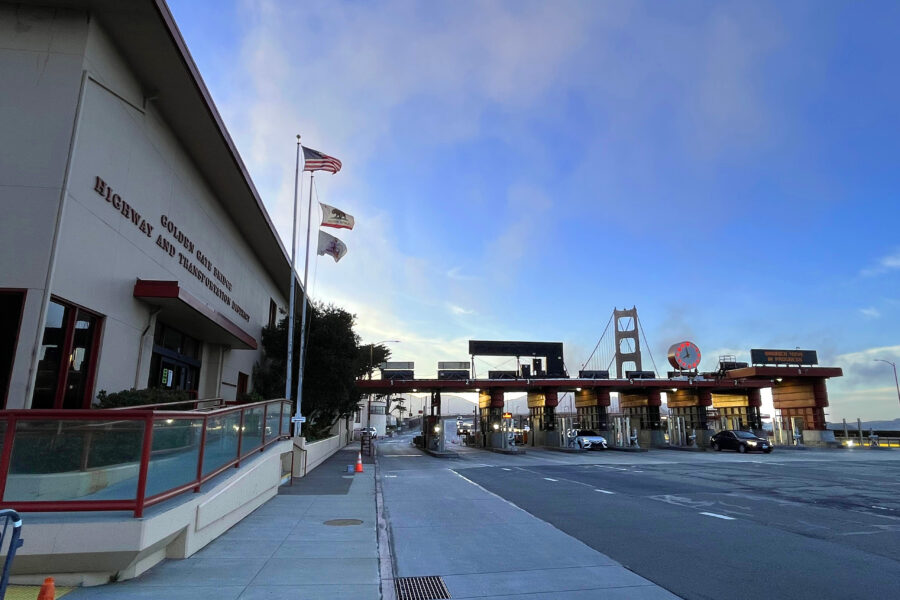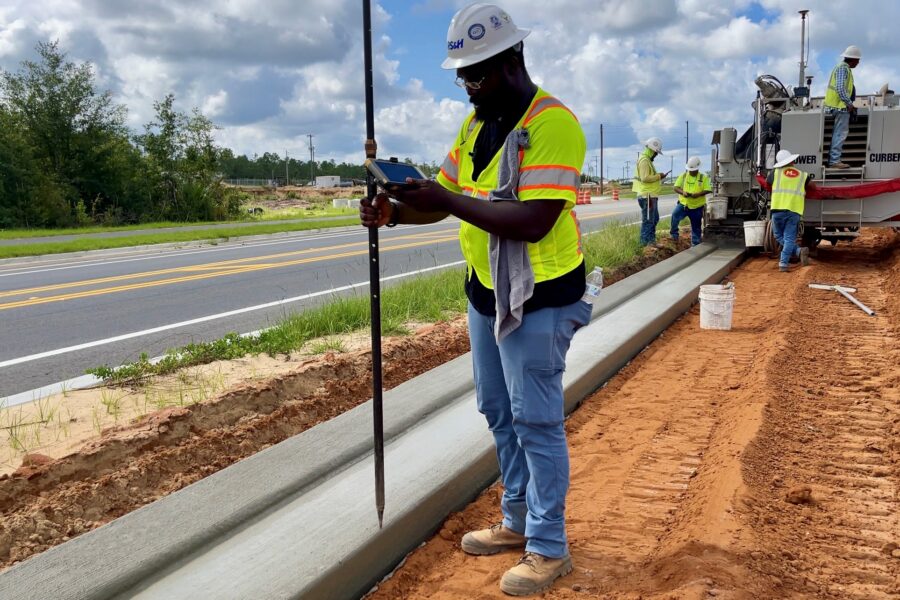Dealing with Toll Opposition

With all of the variable approaches to tolling, the one constant we seem to face is opposition. The success of the interstate system and gas tax funding make it difficult for some individuals to accept pricing in providing transportation solutions.
Do not be surprised by resistance. Even if your project represents substantial improvement to congestion problems that have been plaguing motorists, some people will still resist change.
Accepting this, what do we do about it? It is often said that program management is concerned with doing the right projects. Transportation agencies select projects that take them toward their strategic goals of optimizing their transportation infrastructure to decrease congestion and facilitating the movement of goods and people.
So, how do we communicate that this the right project? There are four keys to accomplishing this:
- Create an issues-based strategic plan
- Ensure stakeholder involvement
- Communicate openly
- Perform
Key No. 1: Create an issues-based strategic plan
Planning for opposition not only clarifies the need but also ensures that key staff are all aware of the background issues and the approaches developed to resolve them. Issues-based strategic planning begins by examining potential project issues, developing strategies to address them and developing action plans to resolve them.
Understanding the opposition’s views, history and stances puts you in a stronger position to respond. Your willingness to address them will also increase your organization’s image in the community.
Key No. 2: Ensure stakeholder involvement
When issues and concerns are defined, bringing your key stakeholders into the discussion will enable you to develop a broad consensus in their resolution. Stakeholders can help increase the credibility of your project and your approach to promoting acceptance.
By providing stakeholders with the background information developed for the project, and how the project benefits the community, they are enabled to advocate and participate in providing project support within the community.
Key No. 3: Communicate openly
With this preparation in place, the most essential piece to dealing with opposition is open communication. Public outreach should be guided by the following objectives:
- Building mutual trust between you and the community by being proactive and responsive to questions and concerns.
- Assuring the public and your stakeholders that the project will be delivered on time and that construction impacts will be mitigated.
- Clearly communicating accurate, complete and consistent information.
Communication with the public is an important skill for any project, but this skill requires caution and tact. The right communication can reassure people and persuade motorists to agree to try your approach to resolving ongoing issues with the current facility. Community involvement activities should be carried out in a way that earns trust and credibility through open communications sensitive to the issues.
Key No. 4: Perform
Managing change throughout the course of the project is essential to helping ensure stakeholder and community trust. The management of the project team from planning through design and construction is critical for ensuring that you perform.
Deliver on what you promised when you promised. Program management provides a structure that focuses on selecting the best group of projects, defining their objectives and establishing a team to successfully complete them.
Taking the time to understand your project’s challenges and needs will enable you to provide attainable resolutions and deliver the project you promised.




